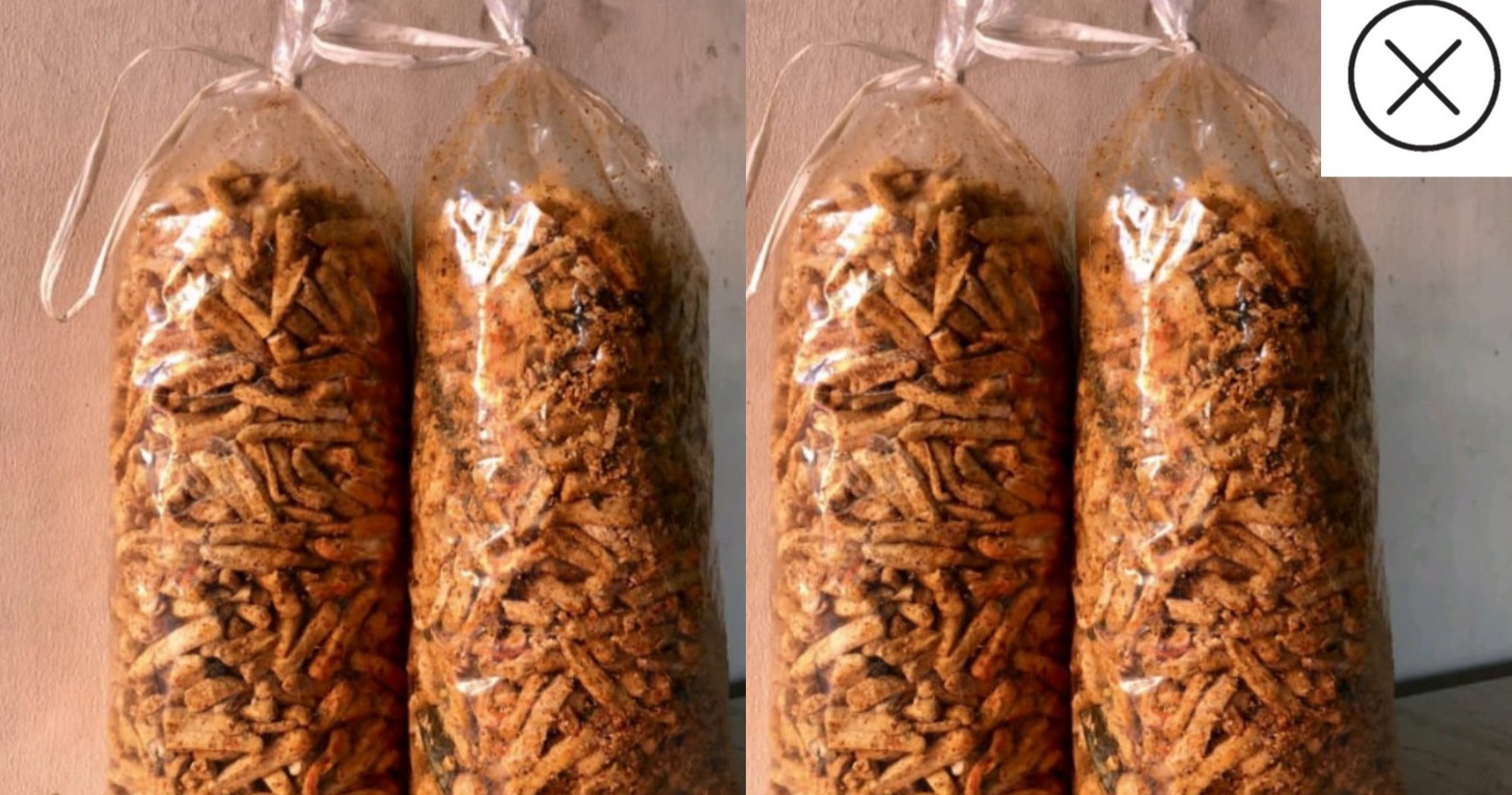Bladder

The urinary bladder is a muscular sac in the pelvis, just above and behind the pubic bone. When empty, the bladder is about the size and shape of a pear.
Urine is made in the kidneys, and travels down two tubes called ureters to the bladder. The bladder stores urine, allowing urination to be infrequent and voluntary. The bladder is lined by layers of muscle tissue that stretch to accommodate urine. The normal capacity of the bladder is 400 to 600 mL.
During urination, the bladder muscles contract, and two sphincters (valves) open to allow urine to flow out. Urine exits the bladder into the urethra, which carries urine out of the body. Because it passes through the penis, the urethra is longer in men (8 inches) than in women (1.5 inches).
Bladder Conditions
- Cystitis: Inflammation or infection of the bladder causing chronic pain or discomfort.
- Urinary stones: Stones (calculi) may form in the kidney and travel down to the bladder. If calculi block urine flow through the bladder, they can cause severe pain.
- Bladder cancer: A tumor in the bladder is usually discovered after blood is noticed in the urine. Cigarette smoking and workplace chemical exposures cause most cases of bladder cancer.
- Urinary incontinence: Involuntary urination, which may be chronic. Urinary incontinence can result from a variety of causes.
- Overactive bladder: The bladder muscle (detrusor) contracts involuntarily, causing some urine to leak out. Detrusor overactivity is a common cause of urinary incontinence.
- Hematuria: Blood in the urine. Hematuria may be benign, or may be caused by a serious condition like bladder cancer.
- Urinary retention: Urine does not exit the bladder normally due to obstruction or suppressed bladder muscle activity. The bladder may swell to hold more than a quart of urine.
- Cystocele: Weakened pelvic muscles (usually from childbirth) allow the bladder to press on the vagina. Problems with urination can result.
- Bed-wetting (nocturnal enuresis): Bed-wetting is defined as a child age 5 or older who wets the bed at least one or two times a week over at least three months.
- Dysuria (painful urination): Pain or discomfort during urination due to infection of inflammation of the bladder or external genitals.
Bladder Tests
- Urinalysis: This basic test of urine is done both routinely and when looking for problems of either the bladder or kidneys. The first part of the test is a dipstick, if this is abnormal the urine should be looked at under microscope.
- Cystoscopy: A narrow tube is passed through the urethra into the bladder. A light, camera, and tools allow a doctor to diagnose and treat bladder problems.
- Urodynamic testing: A series of tests of urination, usually done in a doctor�s office. Urine flow, pressure, bladder capacity, and other measurements can help identify bladder problems.
Bladder Treatments
- Cystoscopy: A narrow tube is passed through the urethra into the bladder. A light, camera, and tools allow a doctor to diagnose and treat bladder problems.
- Surgery: Bladder cancer generally requires surgery. Some cases of urinary incontinence and cystocoele may also be treated with surgery.
- Bladder catheterization: If urine outflow is obstructed, a catheter may be necessary to relieve pressure in the bladder.
- Anti-spasm medications: Medicines can help relieve some bladder (detrusor) overactivity and incontinence.
- Kegel exercises: Exercising the pelvic muscles (as when stopping your urine stream) may improve urinary incontinence.
